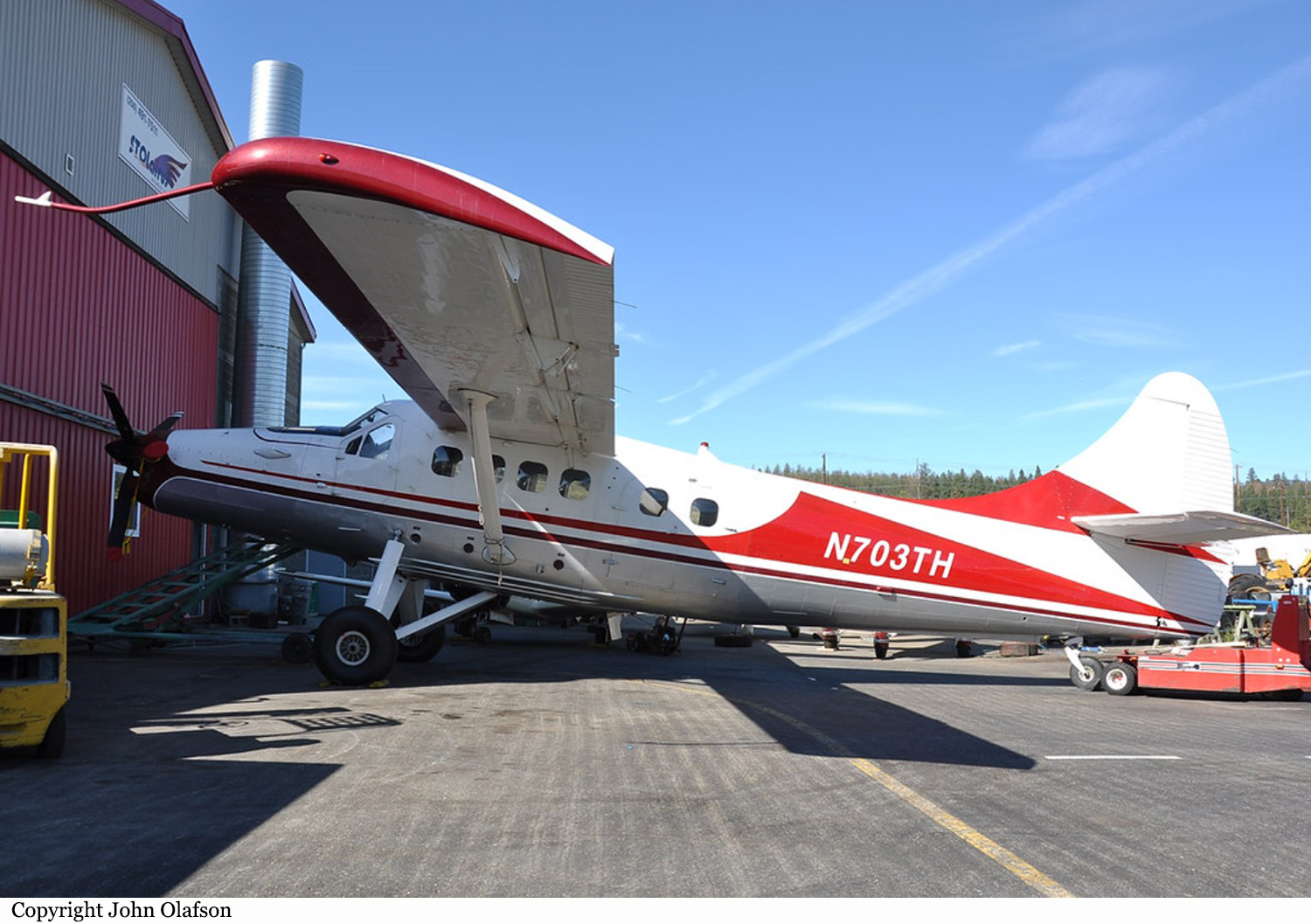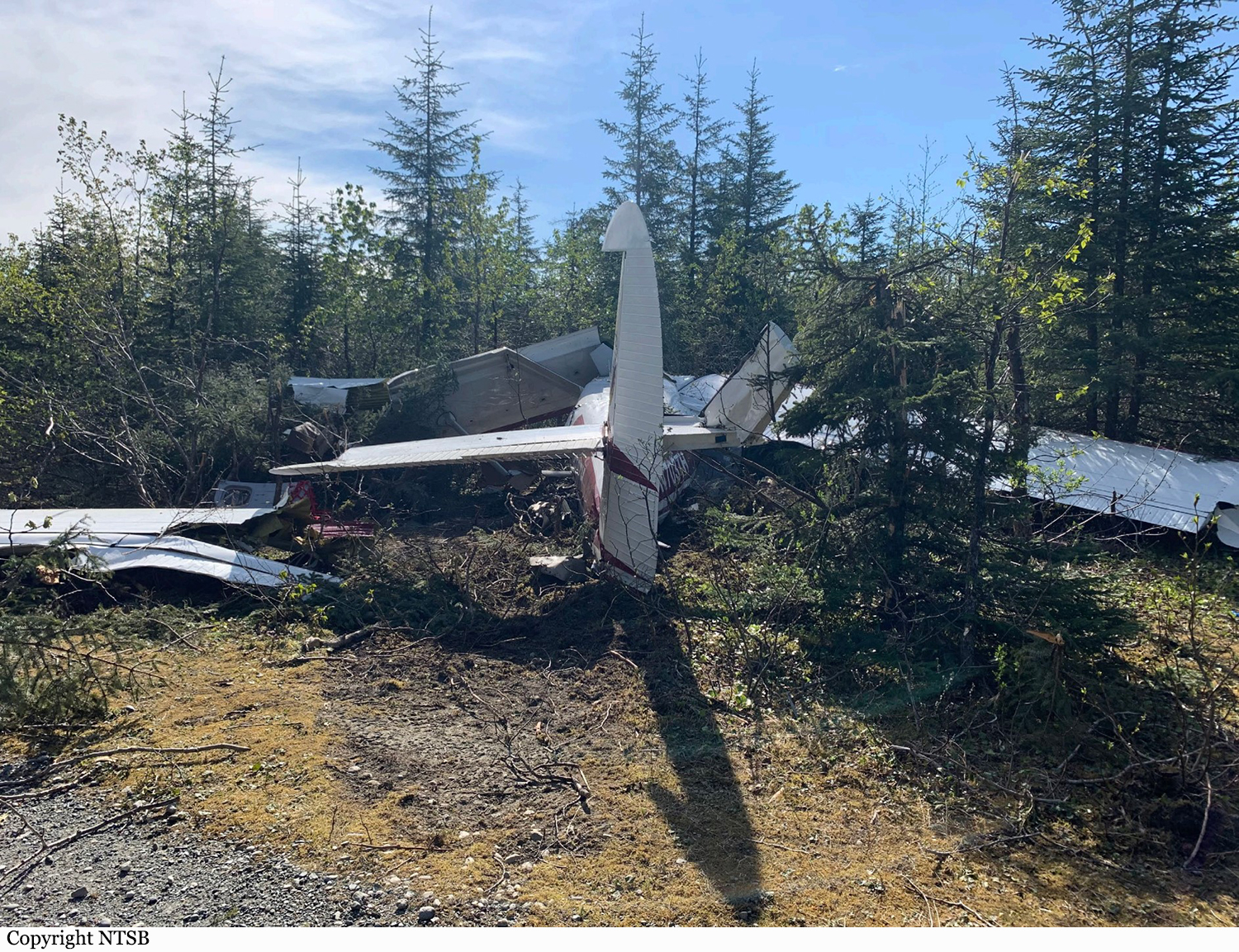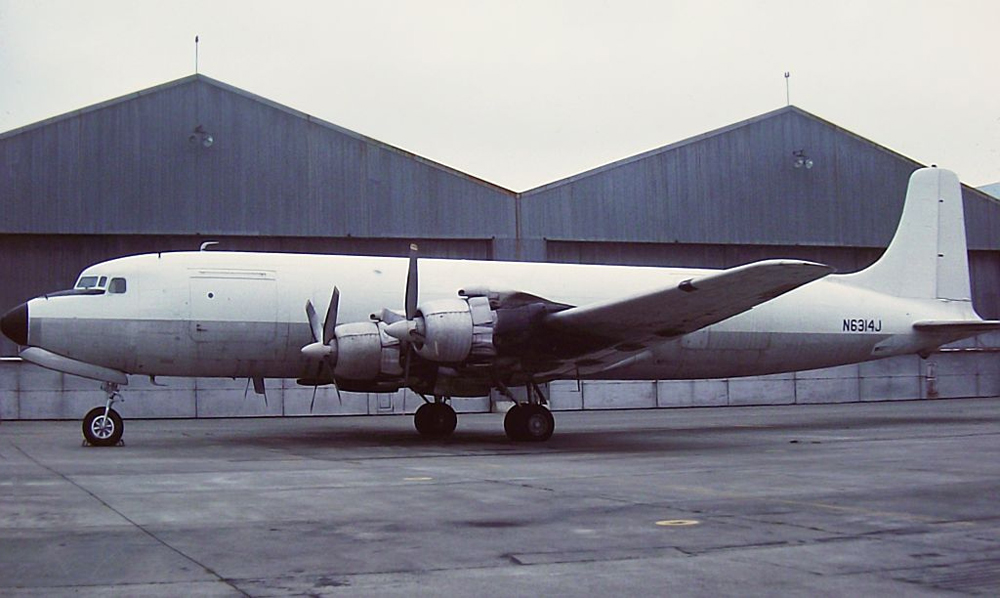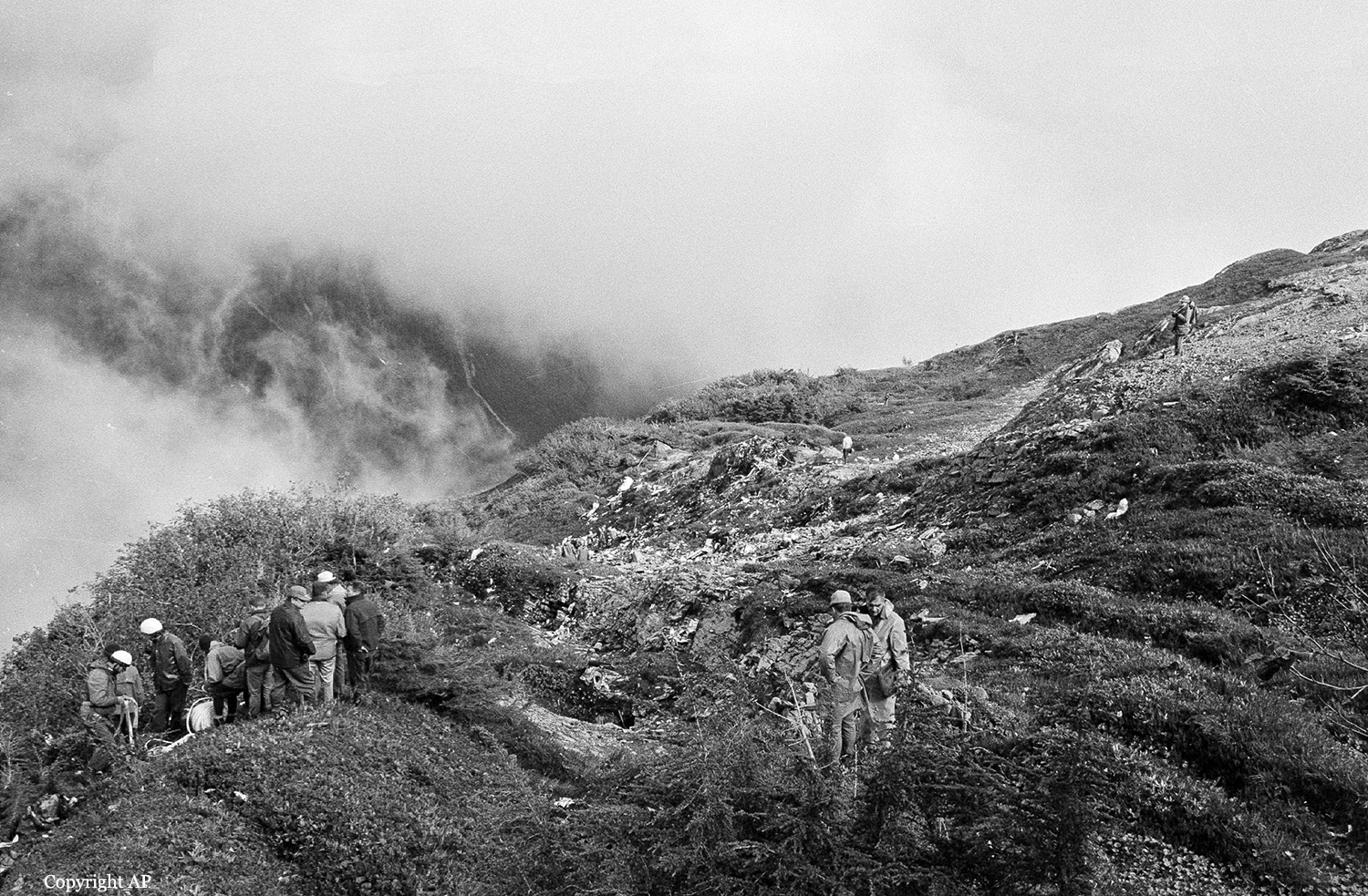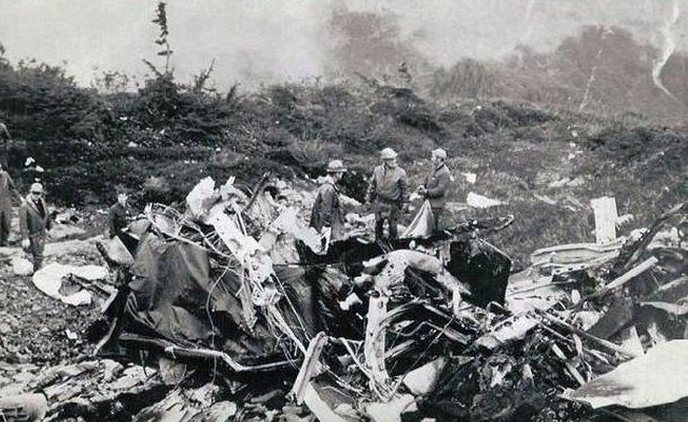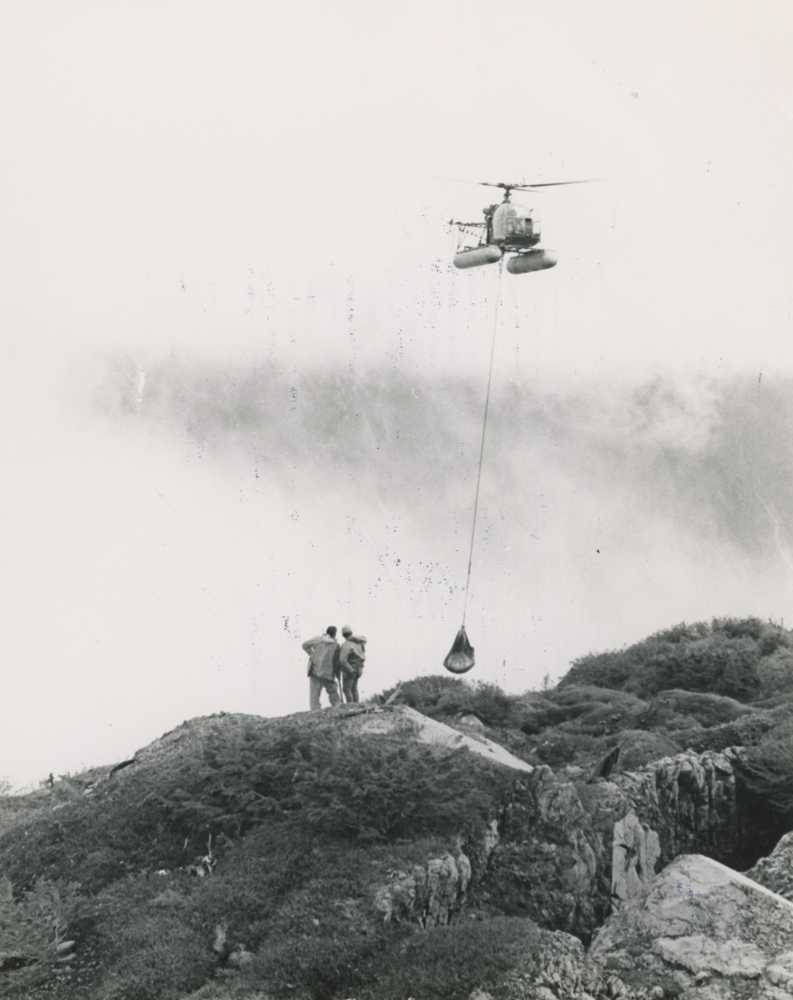Crash of a De Havilland DHC-3 Otter in Dry Bay
Date & Time:
May 24, 2022 at 1510 LT
Registration:
N703TH
Survivors:
Yes
Schedule:
Yakutat – Dry Bay
MSN:
456
YOM:
1965
Crew on board:
1
Crew fatalities:
Pax on board:
3
Pax fatalities:
Other fatalities:
Total fatalities:
0
Captain / Total hours on type:
6100.00
Circumstances:
The purpose of the flight was to transport three passengers and cargo. The pilot reported that, during takeoff, the airplane’s tail came up slightly lowered to the runway when he attempted to raise the tail by applying forward elevator. He stated that he thought this was unusual and attributed it to an aft-loaded airplane. He applied additional nose-down trim and departed without incident. While en route, the tail of the airplane seemed to move up and down, which the pilot attributed to turbulence. Upon arrival at his destination, the pilot entered a left downwind, reduced the power and extended the flaps to 10° abeam the end of the runway. He turned onto the base leg about ½ mile from the approach end of the runway and slowed the airplane to 80 mph. Turning final, he noticed the airplane seemed to pitch up, so he applied full nose-down pitch trim and extended the flaps an additional 10°. On short final he applied full flaps, and the airplane abruptly pitched up to about a 45° angle. He stated that he applied full nose-down elevator, verified the pitch trim, and reduced the power to idle. When the airplane was about 300 ft above ground level, the airplane stalled, the left wing dropped slightly, and the airplane entered about a 45° nose-down dive. After allowing the airplane to gain airspeed, the pilot applied full back elevator. The airplane impacted forested terrain near the approach end of runway 23 at an elevation of about 18 ft. A postaccident examination of the airframe and engine revealed no evidence of preaccident mechanical malfunctions or failures that would have precluded normal operation. Elevator and rudder control continuity was confirmed from the cockpit to the respective control surfaces. The airplane's estimated gross weight at the time of the accident was about 7,796 lbs and the airplane's estimated center of gravity was about 3.2 to 5.6 inches beyond the approved aft limit. Maximum gross weight for the airplane is 8,000 lbs.
Probable cause:
The pilot’s failure to determine the actual weight and balance of the airplane before departure, which resulted in the airplane being operated outside of the aft center of gravity limits and the subsequent aerodynamic stall on final approach. Contributing to the accident was the Federal Aviation Administration's failure to require weight and balance documentation for 14 Code of Federal Regulations Part 135 single-engine operations.
Final Report:
